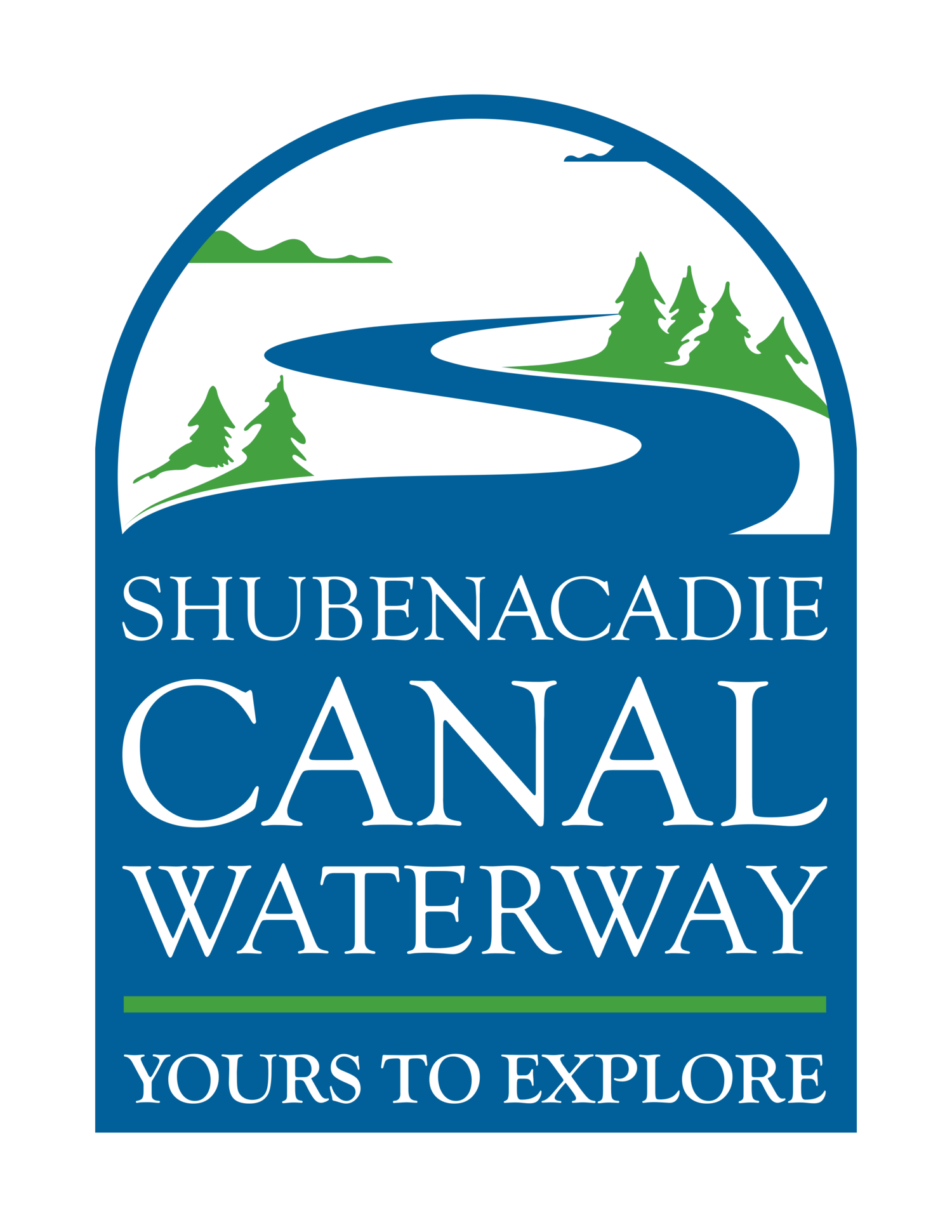Fairbanks is one of the best known names associated with the Shubenacadie Canal. Charles Rufus Fairbanks was a tireless supporter of the Canal and its first Secretary. Along with his personal financial contributions, he raised money locally and in Britain. His son, Charles William, was a qualified engineer who was responsible for the design of the second phase of canal construction. The names of the tradesmen who built the canal are less well known. Some workman arrived in Nova Scotia as a result of a recruiting campaign by Charles Rufus Fairbanks to Scotland. It happened to coincide with the completion of canal work there by Irish workman who were then free to make the trip to work on the Shubenacadie Canal. In the spring of 1827 the Corsair arrived in Halifax Harbour with the band of workers, some of whom had brought their wives and children. Some of their descendants are still here. The Shubenacadie Canal Commission will be printing their names in an effort to learn more about these craftsmen. If you have information on these people please respond to info@shubenacadiecanal.ca or our Facebook page.
We will begin with two stone masons: Thomas Alexander and James Conly. We believe both were Irish. If you have questions, we will attempt to answer them.


